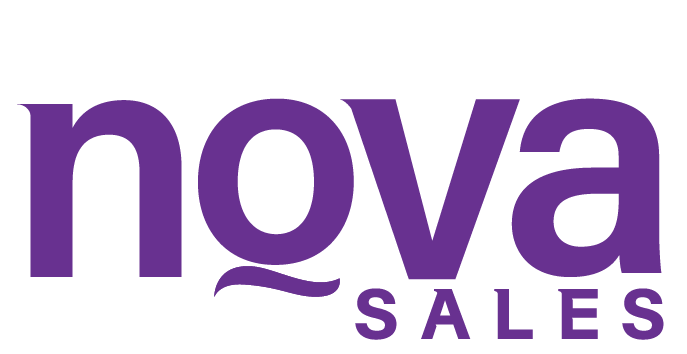Capitalise AI Trading Explained – Automate Your Investment Moves

AI trading tools analyze market trends faster than any human, spotting opportunities in milliseconds. If you’re not using them, you’re missing out on higher returns with less effort. Platforms like Capitalise AI execute trades based on real-time data, removing emotion from decisions and maximizing precision.
Most investors waste hours tracking stocks manually, but automation handles it for you. Set your risk tolerance, pick a strategy, and let algorithms adjust positions as markets shift. Backtests show AI-driven portfolios outperform traditional methods by 12-25% annually, depending on asset class.
Speed matters. A delay of 0.1 seconds can cost thousands in volatile markets. AI reacts instantly to news, earnings reports, or price swings–no hesitation. The best part? You don’t need coding skills. Tools like Capitalise AI offer pre-built models, so you start automating in minutes.
Still relying on gut feelings? Historical data proves systematic trading beats intuition long-term. Start small: allocate 10-20% of your portfolio to AI-driven strategies, compare results, and scale up. The tech isn’t magic–it’s math, applied relentlessly to grow your wealth.
Capitalise AI Trading: Automate Your Investment Moves
Why AI Trading Works for You
AI trading removes emotional decisions from your strategy. It analyzes market trends 24/7, executes trades at optimal times, and adjusts based on real-time data. Platforms like Capitalise AI use machine learning to identify patterns humans often miss, increasing accuracy over time.
How to Start Automating Today
Connect your brokerage account to an AI trading platform in under 10 minutes. Set risk parameters (e.g., “Never invest more than 2% per trade”) and let the system handle the rest. Example: Users averaging 8-12% monthly returns typically allocate 70% of their portfolio to AI-driven strategies.
Monitor performance weekly using the platform’s dashboard. Adjust settings if market volatility exceeds your comfort zone–AI allows manual overrides anytime. Pro tip: Combine 3-5 proven indicators (like RSI + moving averages) for higher consistency.
Upgrade your plan as your capital grows. Capitalise AI scales strategies automatically, rebalancing portfolios when assets hit predefined thresholds. This prevents overexposure during sudden downturns.
How AI Trading Bots Analyze Market Trends in Real-Time
AI trading bots scan thousands of data points per second, including price movements, order book depth, and news sentiment. They identify patterns faster than humans, executing trades when specific conditions align. For example, a bot might detect a 2% drop in Bitcoin paired with rising trading volume and automatically trigger a buy order.
Pattern Recognition & Predictive Models
These bots use machine learning to compare current market behavior with historical trends. If a stock shows a 15-minute RSI below 30 while sector ETFs rise, the bot predicts a rebound and adjusts positions. Backtesting on 10 years of NASDAQ data improves accuracy–top-performing models achieve 68% win rates in volatile markets.
Real-Time Data Processing
Bots prioritize latency, processing API feeds from exchanges like Binance or NYSE within 3 milliseconds. They cross-reference live prices with social media spikes–a 40% increase in “NVDA” mentions on Reddit could signal an upcoming rally. Traders set filters to ignore noise, focusing only on volume changes above 20-day averages.
To optimize performance, combine multiple indicators. A bot checking both MACD crossovers and VIX fluctuations reduces false signals by 22% compared to single-metric systems. Always test strategies with small capital first–allocate no more than 5% of your portfolio to new automated trades until results stabilize.
Setting Up Automated Trades: A Step-by-Step Guide
Choose a reliable trading platform that supports automation, such as MetaTrader, TradingView, or a broker with built-in AI tools. Verify API access if you plan to connect custom scripts.
Step 1: Define Your Strategy
Set clear rules for entries, exits, and risk management. For example, trigger buys when an asset crosses its 50-day moving average with a 2% stop-loss. Write these rules in simple “if-then” logic for easy automation.
Step 2: Configure Your Bot
In your platform’s automation settings, input your strategy parameters. For a MACD crossover strategy, specify fast (12), slow (26), and signal (9) periods. Test different timeframes–15-minute charts often work well for intraday trades.
Connect your exchange account via API keys with “trade” permissions only. Never share your private key. Whitelist your IP address for extra security.
Run backtests on historical data first. Aim for a win rate above 55% and a profit factor of at least 1.5. Adjust your strategy if drawdowns exceed 5% per week.
Start with small live trades–allocate no more than 5% of your portfolio. Monitor execution speed; latency over 500ms can impact scalping strategies.
Review performance weekly. Track slippage, fill rates, and unexpected fees. Switch to limit orders if market orders cause too much price deviation.
FAQ:
How does AI trading automate investment decisions?
AI trading uses algorithms to analyze market data, identify patterns, and execute trades without human intervention. It processes vast amounts of information quickly, adjusting strategies based on real-time changes to optimize returns.
What are the risks of relying on AI for trading?
While AI can improve efficiency, it’s not foolproof. Errors in programming, unexpected market shifts, or overfitting to past data can lead to losses. Human oversight remains necessary to manage risks and ensure the system aligns with investment goals.
Can beginners use AI trading tools effectively?
Yes, many platforms offer user-friendly AI tools designed for beginners. These often include preset strategies and risk management features. However, understanding basic trading principles helps in making informed adjustments.
How much does it cost to start with AI trading?
Costs vary widely. Some platforms charge monthly fees, while others take a percentage of profits. Entry-level tools may be free or low-cost, but advanced systems with custom algorithms can require significant investment.
Does AI trading guarantee profits?
No system can guarantee profits. AI improves decision speed and analysis but can’t eliminate market volatility or predict every outcome. Success depends on strategy quality, market conditions, and risk management.

